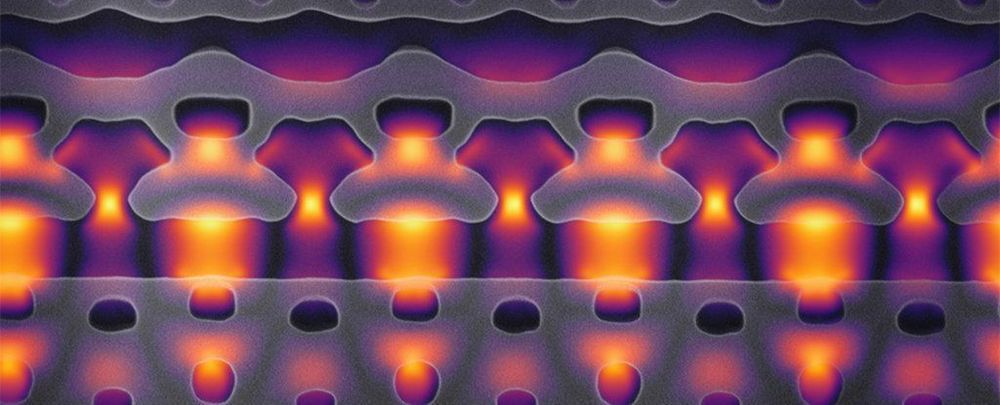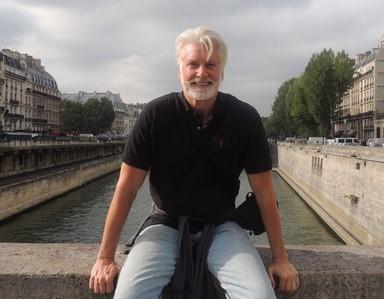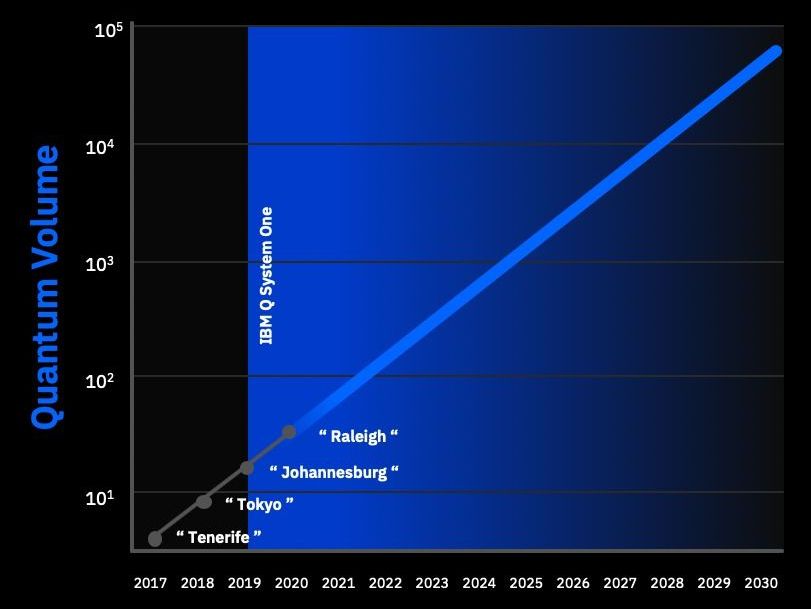Particle accelerators like the Large Hadron Collider (LHC) are incredibly useful – and usually incredibly huge – instruments for studying some of the fundamentals of particle physics. But now scientists have managed to squeeze one on to a silicon chip.
It’s nowhere near as powerful as the bigger versions, as you might expect, but the new particle accelerator chip could still be very helpful for researchers who aren’t able to access gigantic particle accelerator setups.
While this first model is only a prototype, the team behind it is hopeful that it’s a first step towards providing a more compact alternative to the well-known massive particle accelerators, including the LHC and the SLAC National Accelerator Laboratory.








